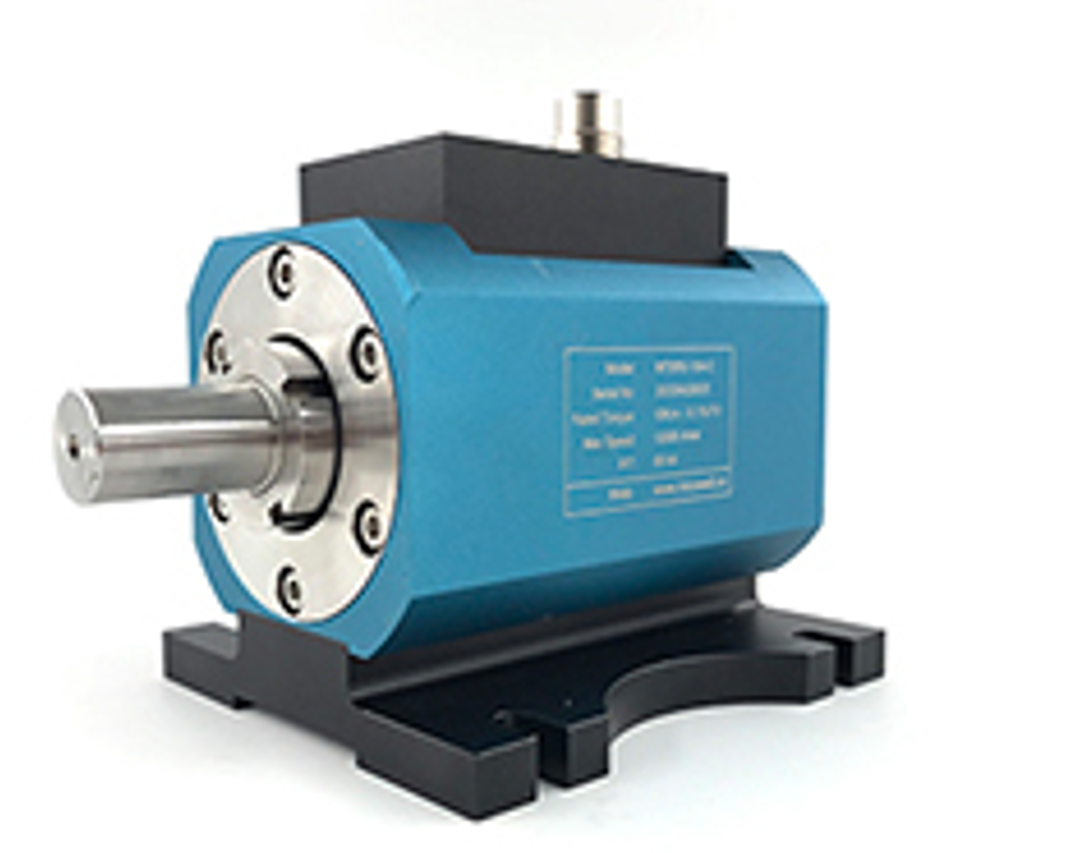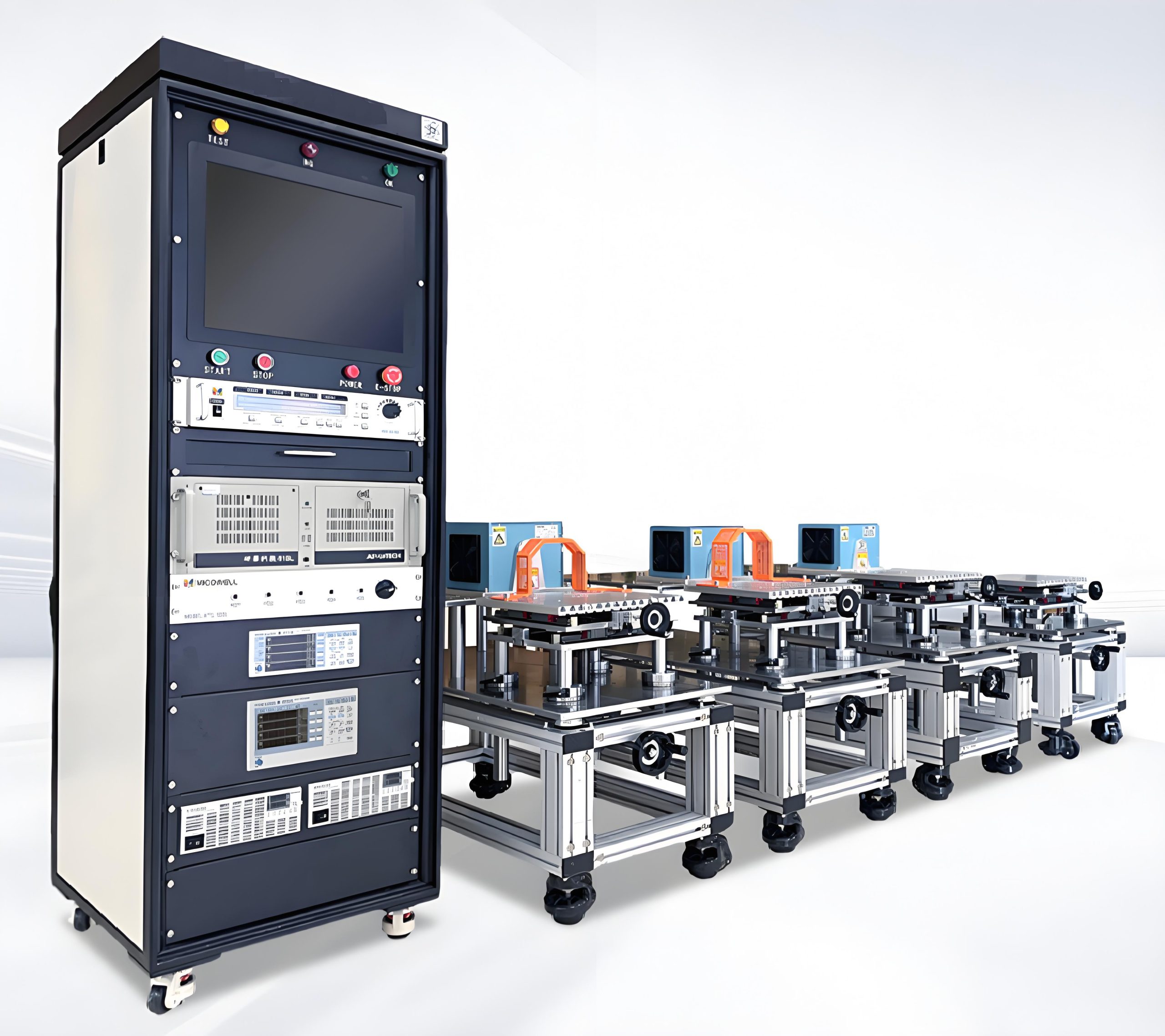🔍 Precision Redefined How High-Accuracy Automation is Transforming Industries 🚀

In an era where margins for error shrink by the minute, industries are racing to adopt solutions that blend speed, reliability, and surgical precision. High-precision automation isn’t just a buzzword—it’s the silent force reshaping manufacturing, healthcare, logistics, and beyond. Imagine servo press that assemble microchips with nanometer accuracy, robotic arms performing delicate surgeries, or autonomous systems optimizing supply chains in real time. This is no longer science fiction. It’s today’s reality.
### The Core of High-Precision Automation: Where Technology Meets Perfection
At its heart, high-precision automation hinges on three pillars: advanced sensors, intelligent algorithms, and adaptive mechanics. Let’s break these down:
1. **Advanced Sensors**: These are the \"eyes and ears\" of automated systems. Lidar, hyperspectral imaging, and quantum-enabled sensors detect nuances invisible to humans. For instance, in semiconductor manufacturing, sensors monitor temperature fluctuations as small as 0.001°C to prevent material warping.
2. **Intelligent Algorithms**: Machine learning models process vast datasets to predict outcomes and self-correct. A pharmaceutical lab might use these algorithms to adjust drug formulation parameters mid-process, ensuring batch consistency down to the molecular level.
3. **Adaptive Mechanics**: Precision actuators and nano-positioning systems execute commands with near-zero latency. In aerospace, such systems drill holes in turbine blades with tolerances tighter than a human hair, reducing fuel consumption by 12%.
### Industries Transformed: Real-World Applications
**Healthcare**: Robotic surgery systems like the Da Vinci Xi exemplify high-precision automation. Surgeons control instruments with sub-millimeter accuracy, minimizing tissue damage and recovery times. Meanwhile, AI-driven diagnostic tools analyze medical images 40x faster than humans, spotting tumors at Stage 0 with 99.3% accuracy.
**Agriculture**: Autonomous drones equipped with multispectral cameras map soil health pixel by pixel. Farmers receive hyperlocal fertilizer recommendations, boosting yields by 22% while cutting water usage by 30%.
**Electronics Manufacturing**: Pick-and-place robots solder components onto circuit boards at 200 parts per minute—each placement accurate to 5 microns. Defect rates? A staggering 0.0001%.
**Logistics**: Amazon’s Kiva robots navigate warehouses with centimeter-level precision, reducing order processing time from hours to minutes. Meanwhile, blockchain-integrated systems track shipments in real time, slashing delivery errors by 78%.
### The Human Factor: Collaboration Over Replacement
Critics often paint automation as a job killer. Yet, high-precision systems thrive on synergy with human expertise. Take BMW’s Spartanburg plant: collaborative robots (cobots) handle repetitive tasks like welding, while engineers focus on design innovation. Result? A 35% productivity surge and zero layoffs since 2016.
In quality control, AI flags anomalies, but human inspectors contextualize them. A microchip flaw might be a defect—or a breakthrough in miniaturization. Only human intuition can tell.

### Sustainability: Doing More With Less
Precision automation is a sustainability linchpin. Consider energy: Smart grids use AI to balance supply and demand in real time, reducing waste by 18%. In construction, 3D printers extrude concrete layer by layer, trimming material waste from 30% to 2%.

Even fashion benefits. Companies like Stitch Fix employ AI to predict trends, cutting overproduction by 40%. Laser-cutters then slice fabrics with 0.2mm accuracy, maximizing every square inch of cloth.
### The Road Ahead: Next-Gen Innovations
What’s next? Think quantum computing enhancing sensor resolution 1000-fold, or neuromorphic chips mimicking the human brain’s efficiency. Biodegradable micro-bots could soon repair underground pipelines without excavation.
Meanwhile, 6G networks will enable real-time data sharing across continents, allowing a factory in Germany to adjust production lines based on sales data from Tokyo—instantly.
### Conclusion: Embracing the Precision Revolution
High-precision automation isn’t about replacing the imperfect with the perfect. It’s about amplifying human potential. Whether you’re a startup or a Fortune 500 giant, the message is clear: adapt now, or risk obsolescence.
Ready to future-proof your operations? The tools are here. The question is—will you lead the revolution or follow it? 🔧🌍
